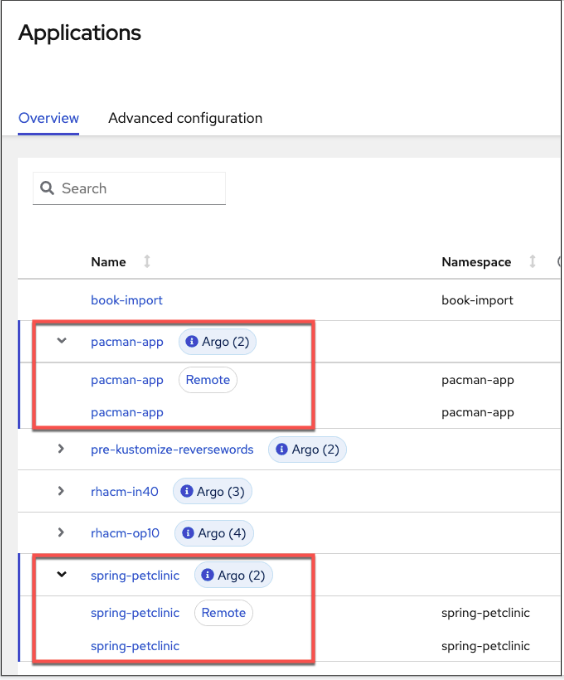Red Hat Marries Cluster Management Tool to GitOps
Red Hat this week updated the open source cluster management software it makes available for Kubernetes environments to make it simpler for IT teams to embrace GitOps best practices.
Version 2.3 of Red Hat Advanced Cluster Management for Kubernetes provides tighter integration with the open source Argo continuous delivery (CD) platform to enable IT teams to troubleshoot applications from within Argo’s topology view to invoke policies defined within Red Hat Advanced Cluster Management.
In addition, the latest update to Red Hat Advanced Cluster Management adds support for the technology preview of an integration with open source Submariner software that enables network connectivity between Kubernetes clusters.
This release of the Kubernetes management platform provides access to more compliance polices based on the Open Policy Agent (OPA) framework for managing compliance as code.
Finally, Red Hat is also now making it possible to import managed Kubernetes clusters deployed on Amazon Web Services (AWS) clouds and IBM Power systems.
Earlier this year, Red Hat launched a GitOps initiative around the Red Hat OpenShift platform that is based on Kubernetes. At the core of that effort is an Argo CD platform being advanced under the auspices of the Cloud Native Computing Foundation (CNCF) alongside Kubernetes. Red Hat also supports Tekton, a portable framework for building DevOps pipelines that also runs natively on Kubernetes. Originally developed by Google, the Tekton project is now being advanced under the auspices of the Continuous Delivery (CD) Foundation. Both the CNCF and CD Foundation are arms of the Linux Foundation.
Dave Lindquist, general manager and vice president of engineering for hybrid cloud management at Red Hat, says GitOps is advancing rapidly in Kubernetes environments because it’s now simpler to pull code from a repository. One of the historic challenges with any CD platform is that it’s difficult to push code to platforms that all have unique application programming interfaces (APIs). Kubernetes, in contrast, presents CD platforms with a set of APIs that are consistent regardless of the underlying platform on which the cluster is deployed.
The challenge most organizations are trying to tackle is how far left to push the management of GitOps practices. There are many advocates of GitOps that contend developers should assume responsibility for the entire life cycle of their applications. Others contend GitOps simply enables IT operations teams to lean further left as part of ongoing effort to make developers more productive. Many developers are simply not interested in managing DevOps workflows at the expense of time spent writing code.
Thanks to advances being made in observability and artificial intelligence, DevOps teams will also be able to more easily achieve that goal as it becomes easier to manage highly dynamic IT environments that, these days, tend to change too frequently for individual developers to monitor and track, notes Lindquist.
One way or another, DevOps processes are becoming more automated, even though, in many cases, they still require a lot of manual effort to implement and maintain. The issue is whether advances in DevOps automation will arrive quickly enough to enable DevOps teams to better manage highly distributed IT environments.



